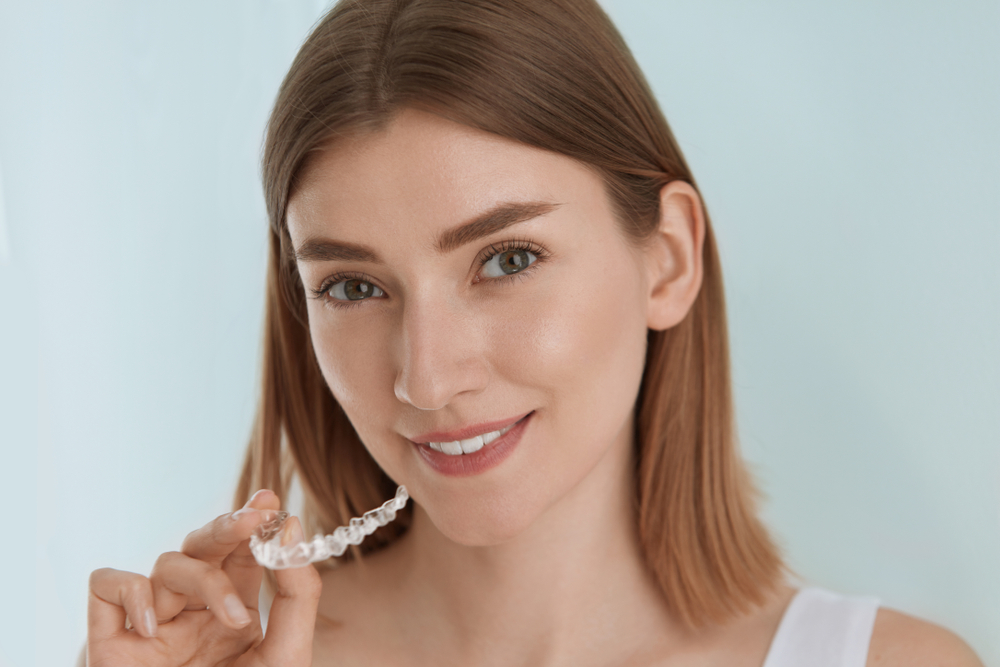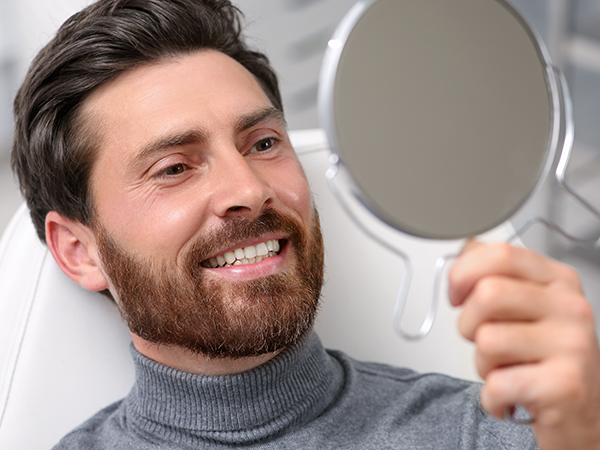Invisalign vs. Braces: 5 Differences You Need to Know

Have you always wanted straight teeth? If you have, you understand the struggle of deciding between Invisalign® and braces. Having straight teeth can change your appearance and improve your self-confidence. If you want to transform your smile, keep reading to know the differences between Invisalign and braces.
Comfort
Comfort is essential to consider when you want to straighten your teeth. As your mouth learns to talk, drink, and eat, you will experience pain as the foreign thing will take up space. Your cheeks will be sore and red from the inside when you first get braces. Your specialist will give you some wax to smooth the pokey areas inside your cheeks.
Eventually, the cheeks will stop getting sore as they will get used to the braces, and you will no longer need the wax. You may also need painkillers after visiting your orthodontist to adjust your braces. You can be sore for a few days after the adjustment and eat crunchy or hard foods.
With Invisalign, you will change to a new set every two weeks. The first days of wearing the new ones will cause some pain. However, the discomfort will be less painful compared to braces.
Convenience
Braces come with various dietary restrictions. You will not manage to bite into corn on a cob or into an apple if you wear braces. Ideally, you should avoid eating things that can damage or get stuck in your braces. For example, you may have to stop eating chewy foods such as caramel or eating popcorn, chewing gum, and hard candies.
Invisalign has no dietary restrictions because you can remove them whenever you want to eat or drink. You will floss and brush your teeth as usual. However, brush your teeth every time you put them back on. So if you eat often, you will brush just as often. If you drink anything apart from water, remove your aligners because drinks such as coffee can stain the adhesive on your Invisalign trays.
Brushing Your Teeth
Brushing your teeth with braces is different from when you have Invisalign. With braces, you will need special threaders for flossing your teeth. You will also need a special toothbrush small enough to clean the brackets.
With Invisalign, you can pop them off whenever you want to eat. When it is time for flossing and brushing your teeth, you will remove them. You will use your usual toothbrush and dental floss like always.
Aesthetics
You can differentiate braces and Invisalign by simply looking at them. Braces nowadays are smaller brackets compared to the larger ones popular in the 80s. Today, you can get clear or metal ones. The clear ones will still be noticeable when up close. But from a distance, they are not as distinct as the metal brackets.
Invisalign are clear trays. They are not as distinctive as braces. They are removable, so you can decide to take them off if you want to take a picture. However, you should wear them for 20 to 22 hours every day.
Procedural Differences
Braces correct underbites, overbites, and vertically and rotated teeth. Visit your orthodontist regularly for alignment. The process of putting them on and taking them off is also lengthy.
For braces, there is no stipulated period of wearing them to straighten your smile. The state of your teeth determines how long you will have them. You can wear them for up to a year or for three years. Invisalign only corrects horizontally misaligned teeth. They may not work for you if you have overcrowded, severely rotated, or teeth with different heights.
For more about Invisalign and braces or to book a visit, call SmileOn Dentistry at (310) 822-0202 to reach our office in Marina Del Rey, California.




